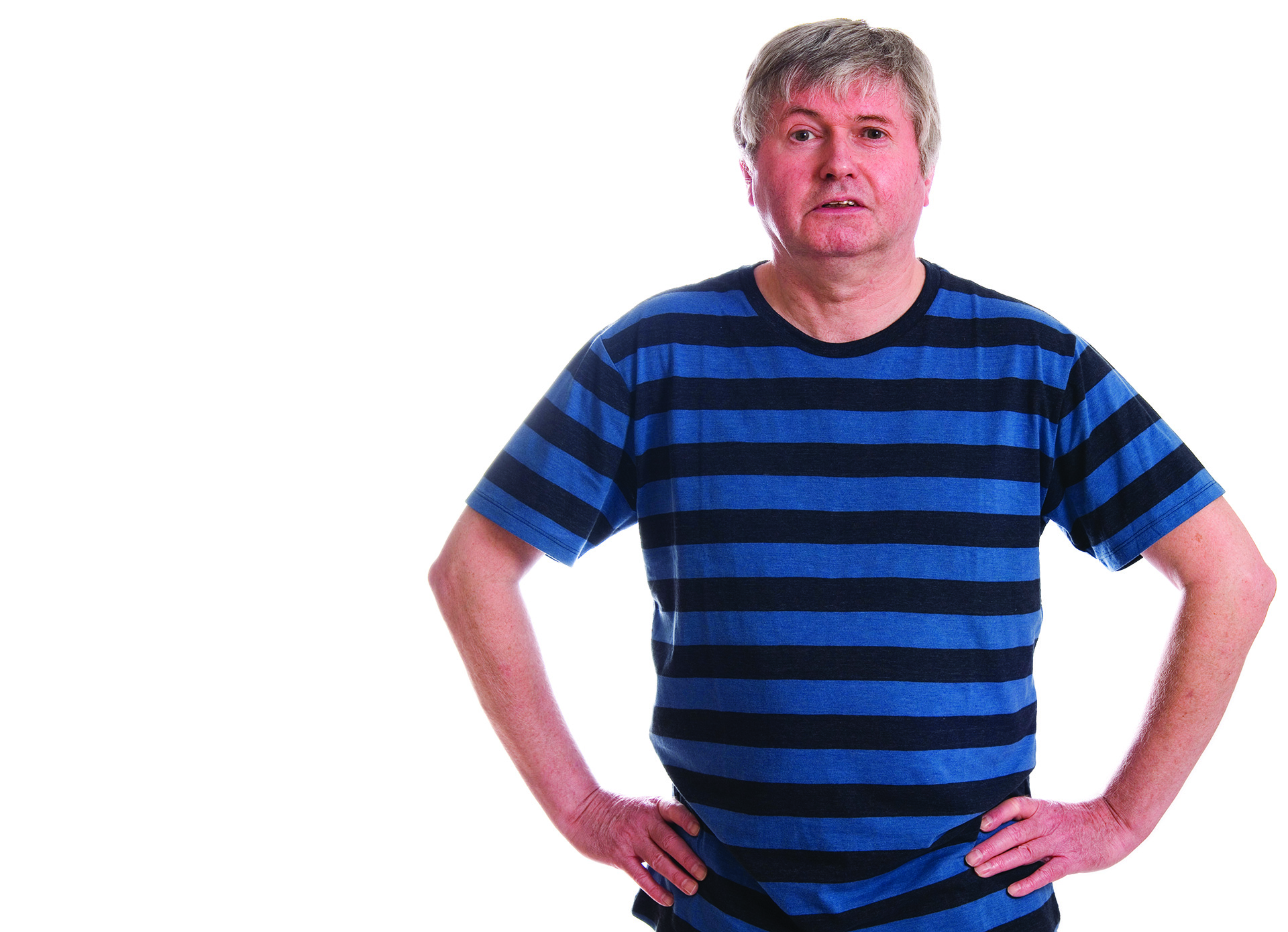I’m too superstitious to click on the link so I’ve ignored a pop-up ad on local news websites that keeps urging me to check out the “great new funeral plan that’s sweeping Yorkshire”. Nice timing guys. If I do succumb to Covid-19 it’s good to know there’s an on-trend way to make that final journey.
In these bleakest of days I’m surprised that undertakers feel the need to tout for custom. When just about every other line of work is on a ventilator, metaphorically speaking, the funeral business is surely booming.
Also thriving are supermarkets, which after a somewhat suspect start to the lockdown – pretending to discourage hoarding whilst promoting purchases of multipacks – now give the impression they are run by white-coated medics with PhDs in social distancing. A lot of thought has gone into those centimetre-perfect lines to keep customers apart as they snake round the car park. But this attention to detail ends as soon as people get inside and start jostling for that last bag of flour on the shelves. Maintaining a safe two-metre distance in an aisle that is 1.5 metres wide isn’t physically possible, but I won’t tell anyone if you won’t.
The fact is, beyond kitting everyone out in hazmat suits at the door there’s no totally safe way to buy food at the moment. The measures I’ve seen at my local supermarkets in Leeds simply create the illusion of safety. For most people who are otherwise scrupulously adhering to social distancing rules, the act of shopping presents their greatest risk of exposure to coronavirus. I support the Scottish government’s position, which is that face masks should be worn in enclosed public spaces.
Daily exercise is easier to manage in safety if you live near countryside and must be problematic for those whose home is in a built-up area. For that reason I think there’s a strong case for allowing people to travel to their nearest open landscape. Indeed, the National Police Chiefs’ Council (NPCC) has said as much in a three-page document clarifying the rules. Driving to the countryside and walking, where far more time is spent walking than driving, is deemed as activity “likely to be reasonable”, it says.
In North Yorkshire, however, the police interpreted this as “unlikely to be reasonable” and slapped £60 fines on anyone caught straying outside their home area. But over the border in West Yorkshire many people are taking the NPCC at its word and driving for half an hour or so in search of longer walks. Which is understandable. It has become harder to keep two metres apart from other country walkers near urban areas. My local wood is swarming on most days, but many people don’t attempt to keep a social distance on narrow paths.
Another inconsistency to watch for is that English schools may open sooner rather than later because of pressure from Tory backbenchers, who want more businesses to restart and need somewhere for workers’ kids to go during the day. This is despite it being impossible to enforce social distancing among children, a point recognised in Northern Ireland where schools will remain closed until September.
Expect more lockdown-easing proposals to be forthcoming in England, but don’t be surprised if they are less stringent than in the rest of the UK.



Leave a reply
Your email address will not be published.